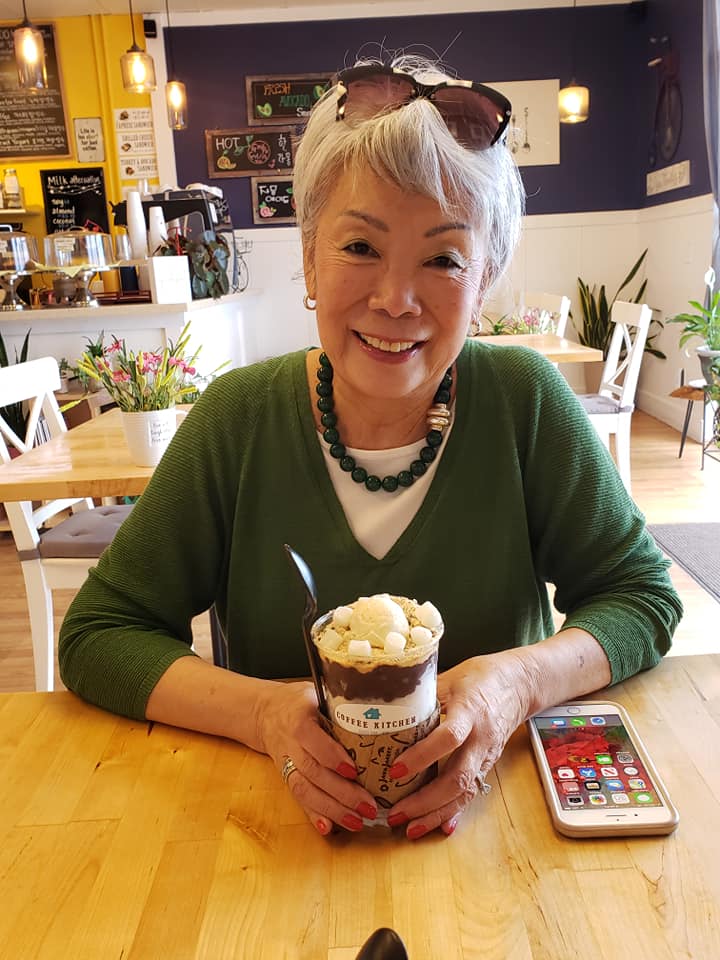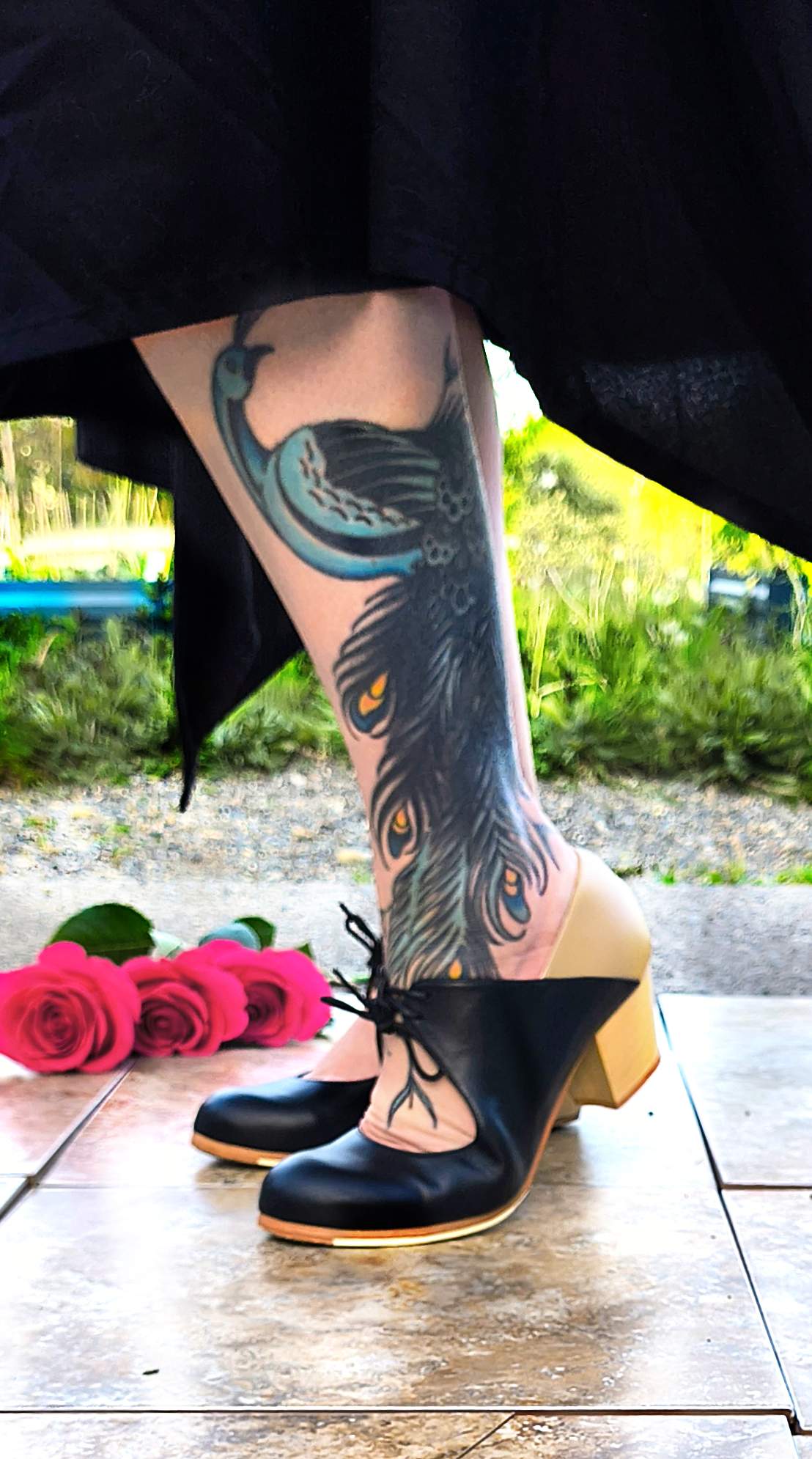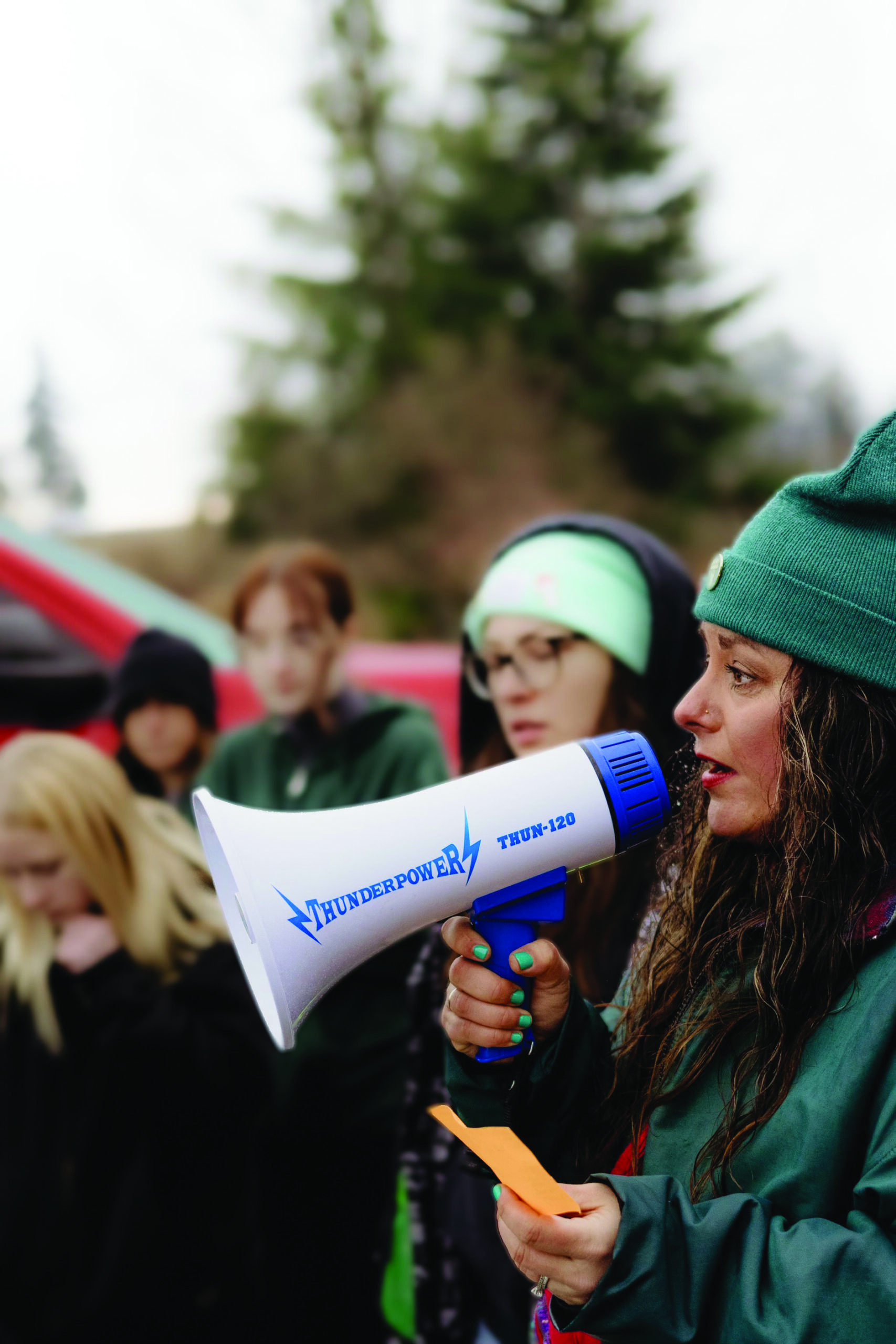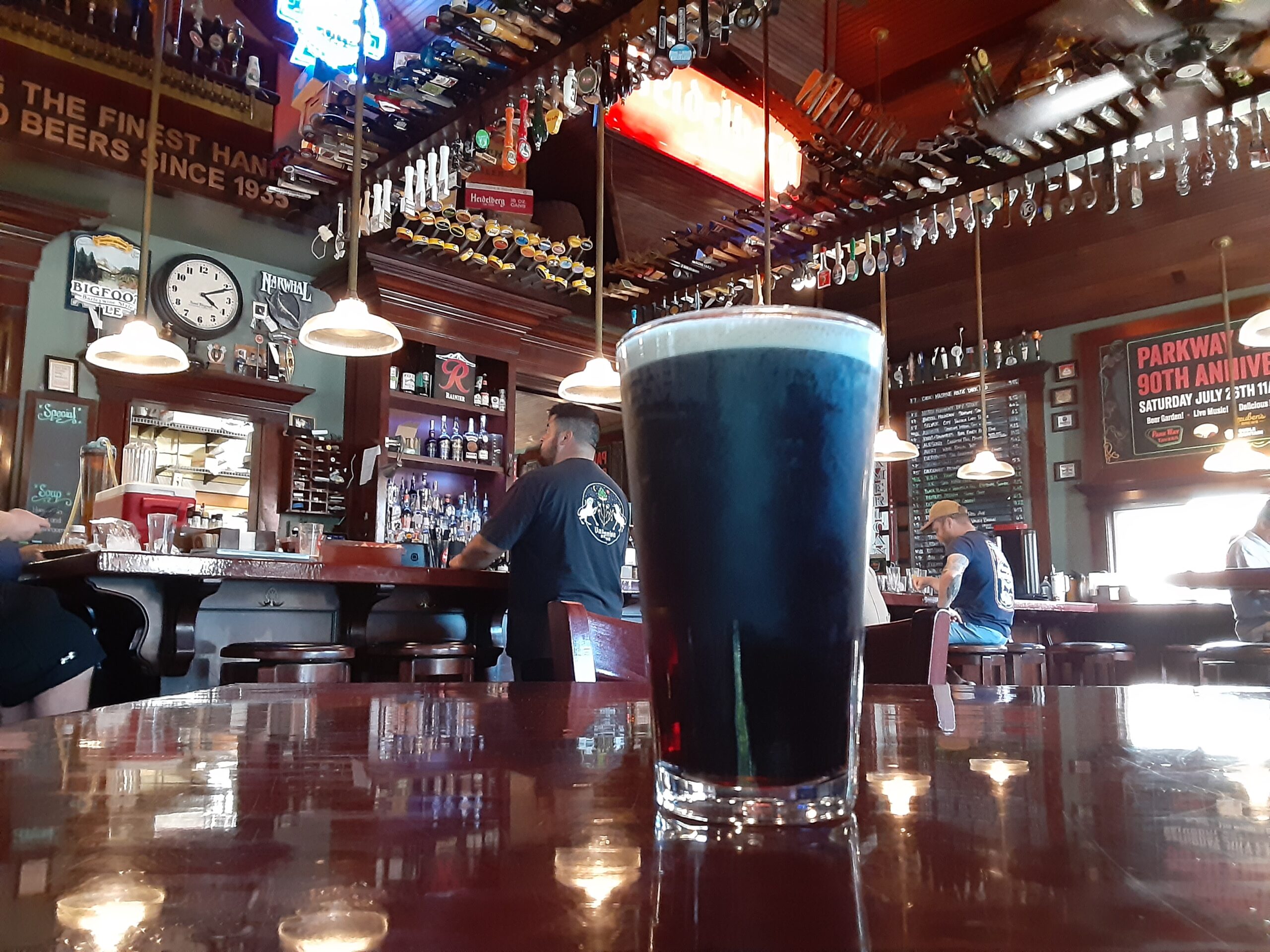BY ANGELA JOSSY for WEEKLY VOLCANO 5/23/25 |
This week Weekly Volcano interviewed Patsy Surh O’Connell about her life, her inspirational work and her motivation.
Q: Tell me about your early life. How did these experiences shape your identity and influence your commitment to cultural preservation?
I was born in Shanghai, China, to Korean parents. We moved to Korea in 1945, and then the Korean War broke out in 1950. We escaped to the southern port city of Busan, where I attended a refugee school made up of broken-down streetcars. Even though we were privileged and never went hungry, I saw many orphans. I told myself that someday, I would build an orphanage for them.
Q: Is it true that your grandfather, Surh Byung Kyu, was among the first Koreans to graduate from an American college and became a friend of Professor Woodrow Wilson?
Yes, it’s true. My grandfather graduated from Roanoke College in Virginia, then went on to Princeton University, where he met Professor Woodrow Wilson. The professor encouraged him to return to Korea to help shape the country’s future. After ten years in the U.S., my grandfather returned to Korea and worked with the late King Kojong until Japan took over the peninsula. He went into exile in China and became the Shanghai Port Commissioner before returning to Korea in 1945. As a result, all of his children except the eldest were born outside Korea—including my father, who was born in Vladivostok and educated at a Jesuit school run by the British in Hong Kong. Knowing this family history, I wanted to contribute to my adopted country, the United States, while also honoring my Korean heritage.
Q: Who were the early influences on your life goals, your art, and your career?
I recently visited my all-girls high school in Korea and realized how much our principal and founder, Ms. Whang Sin Duk, influenced my formative years. She wanted all her students to: Be truthful human beings. Be educated women. Be orderly citizens. Of course, my mother’s Confucian background helped shape me early on as well.
Q: I understand you have studied various art forms across Korea, Japan, China, and the United States. What made these studies possible?
My husband served in the U.S. Army for thirty years, and during that time, I had the privilege of experiencing various cultures and art forms in the countries we were stationed in. I also studied ballet and traditional dance in school. All of these experiences broadened my perspective and helped shape the offerings at APCC. We serve as a gateway to the arts, culture, education, and business traditions of forty-seven countries.
Q: Did you move to the United States in 1963? What motivated that decision?
Yes, I moved to the U.S. in 1963. After graduating high school, my father, who was living in the U.S. at the time, enrolled me in the Rudolf Schaeffer School of Design in San Francisco. It was a private interior design school focused on color and design. I waited for my I-20 form before arriving as an international student.
Q: Was interior design the career you originally wanted for yourself? Did you ever practice it?
I didn’t know I could change schools, so I went to the one my father selected. In hindsight, I would have loved fashion design, as I enjoy sewing and creating. When I moved to Washington in 1985, I took a commercial design course at Clover Park Technical College. I later worked at Merritt & Pardini Architects in Tacoma and collaborated with Korean contractors on restaurant designs.
Q: What motivated you to transition into community leadership and eventually establish the Asia Pacific Cultural Center in 1996?
I’m proud of my Korean heritage, and I knew many immigrants felt the same way about their cultural roots. When my father passed away just one year after arriving in this country in 1996, I knew I needed to do something that would make him proud.
Q: The journey to establish a permanent home for APCC spanned nearly three decades. What were some of the major challenges? What advice would you offer someone with a big dream?
Persistence, hard work, and finding people who share your vision are key. I’m very lucky—whenever things were falling apart, someone always came to the rescue. I’m deeply grateful to all the advisors, board members, and staff, past and present. I especially want to credit our Executive Director, Lua Pritchard, who shares the same vision. She appreciated the inclusion of Pacific Islanders and worked tirelessly to bring the new APCC building to life.
Q: The recent opening of Patsy Surh Place, a senior housing facility named in your honor, is a major milestone. What does this achievement mean to you personally?
It is a tremendous honor to have such a beautiful building bear my name. I’m thankful to LIHI and APCC for making that possible. From the start, senior housing was part of APCC’s long-term plan. Many immigrant seniors don’t speak English well and tend to stay home, but they are the ones who carry deep cultural knowledge. They should be sharing what they know with the next generation. I hope to engage with the residents through workshops and storytelling.
Q: You’ve collaborated with many organizations to develop cultural and arts programs. Can you share some memorable partnerships that had a major impact on the community?
There have been so many. APCC represents forty-seven countries, and we work not only locally but also internationally. One highlight was the Korea Hanji Fashion Show for our twentieth anniversary at the Tacoma Convention Center. Two years earlier, the same group performed at Seattle’s Asian Art Museum and Tacoma Art Museum. These shows gave our community a new appreciation for Korean Hanji paper.
Q: How does personal history influence your art? Are there any upcoming exhibits or permanent displays of your work?
My mother loved peonies and was born in May, when peonies bloom. I promised myself I would honor her by painting 100 peonies. I try to tell a story with each piece and always think about the story I want to express. My scroll painting, Red, White, Blue and Yellow, will be permanently displayed at the entry of Patsy Surh Place. My next exhibit will be at the TCC Gallery from September 22 to October 24, 2025, with three other artists. I use crow imagery—representing resilience and survival—alongside peonies to tell layered stories.
Q: Looking ahead, what are your goals for the future of APCC and the broader Asian Pacific American community in the Pacific Northwest?
I believe that face-to-face interaction and sensory experiences are key to truly knowing a culture. APCC is here for anyone interested in learning about Asia and the Pacific Islands. We encourage people to come and engage through all five senses. We host cultural events nearly every week.
Q: Are there any upcoming opportunities for artists, art lovers, or the general public that you’d like to highlight?
Absolutely! We have Cambodia Day on May 23, Free Taiwan Day on May 24, and the Sawasdee Thailand event on June 7. We’re also holding a Korean Sijo poetry writing event in English on June 6—and so much more. Please visit our website at www.apcc96.org to learn more.
Q: What are you most looking forward to right now?
We’re preparing for our ninth Korea Chuseok (Moon Festival) celebration on October 4 at our new facility. We’re working closely with our Korean support group, K-NOW, on the project. We’re also hosting the fifth Chuseok Festival at Skansie Park in Gig Harbor on September 27.





